
|
 |
 |

|
 |
 |
Geology is the study of the earth, geo means earth and ology means study of. It’s concerned with the solid Earth, its history, shape, the materials of which it is made, and the processes that are acting and have acted on it.
The Earth is like a spinning top that never stops. It is always spinning around very fast even though we cannot feel it. The Earth is the fourth
 planet away from the Sun
planet away from the Sun 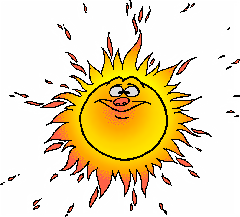 .
.
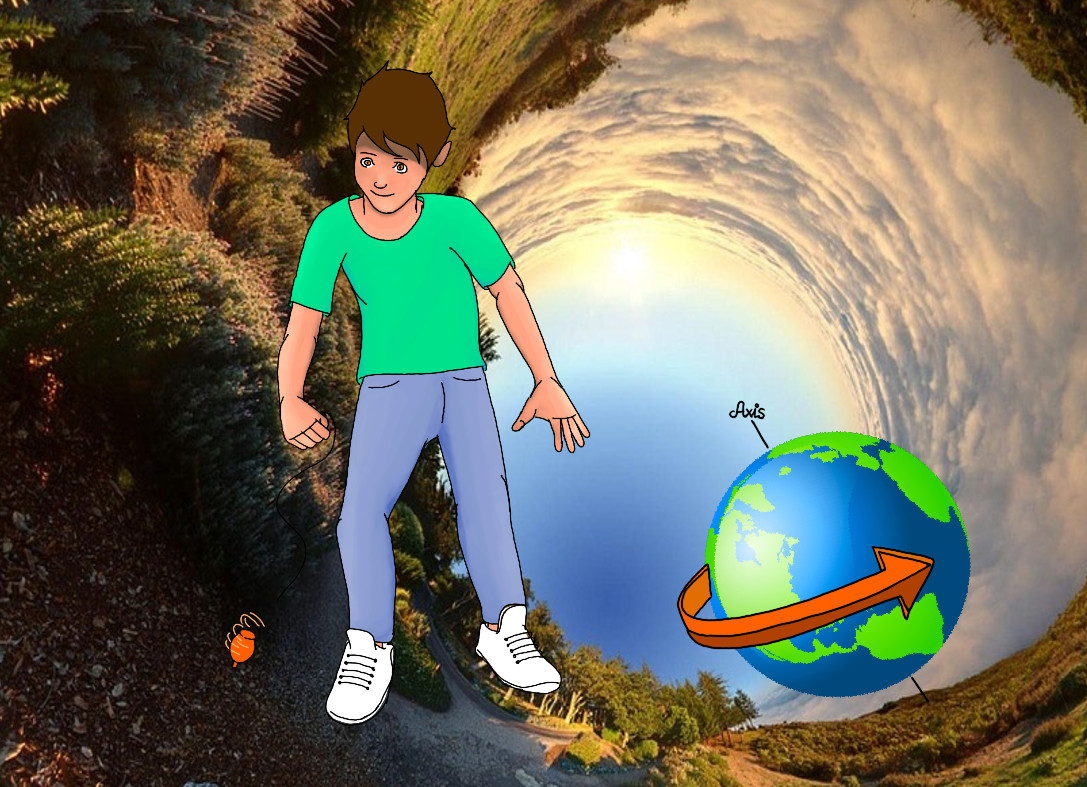
The Earth is similar to an apple. Every apple has a skin, a fleshy pulp, and a core filled with seeds. Each part serves a different purpose, and yet it is the same apple.
The Earth is almost spherical and is made up of these three main layers:
The Earth is not a perfect sphere, but rather an oblate spheroid. It is squashed in at the poles and bulges around the equator.
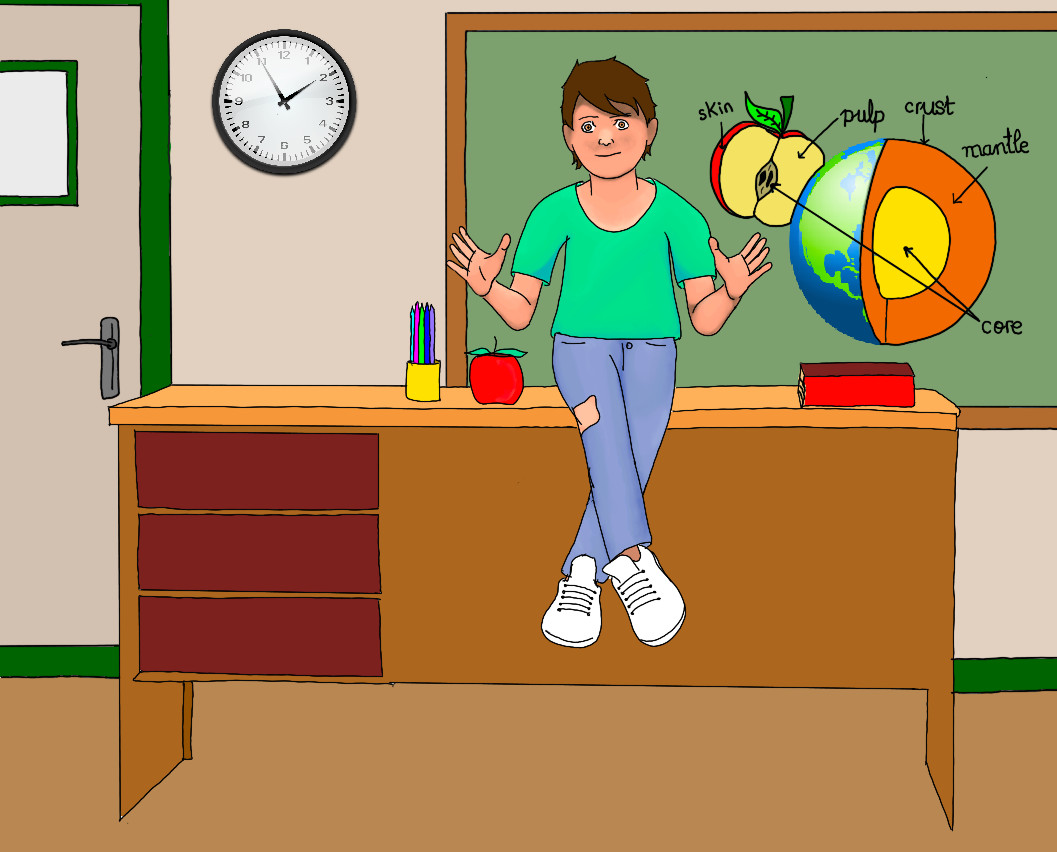
The crust is the thin, solid, outermost layer of the Earth. It is approximately 15 km thick on average. It is the layer we live on. It is composed mainly of basalt and granite.
The crust is underlain by the mantle. The mantle is the thickest layer of the Earth, while the crust is the thinnest layer. It is approximately 2900 km thick and comprises about 83% of the Earth’s volume. The mantle is predominantly solid but it behaves like a very viscous fluid.
The core 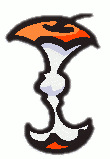 is the hottest
is the hottest 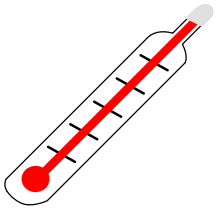 part of the Earth with temperatures reaching about 5,500 degrees Celsius. The core is divided into two parts or sections: the outer core and the inner core.
part of the Earth with temperatures reaching about 5,500 degrees Celsius. The core is divided into two parts or sections: the outer core and the inner core.
The outer core is liquid because it is hot enough to melt the iron and nickel and the pressure is not big enough to keep it solid.
The inner core is the center or heart of the Earth, and the hottest part of the planet. It is composed of an iron–nickel alloy with some other elements. Even though it is very hot, there is so much pressure that the iron and nickel stay in a solid state.
The crust is made up of tectonic plates -big land masses- that float on top of the mantle. They are like pieces of a huge jigsaw puzzle 
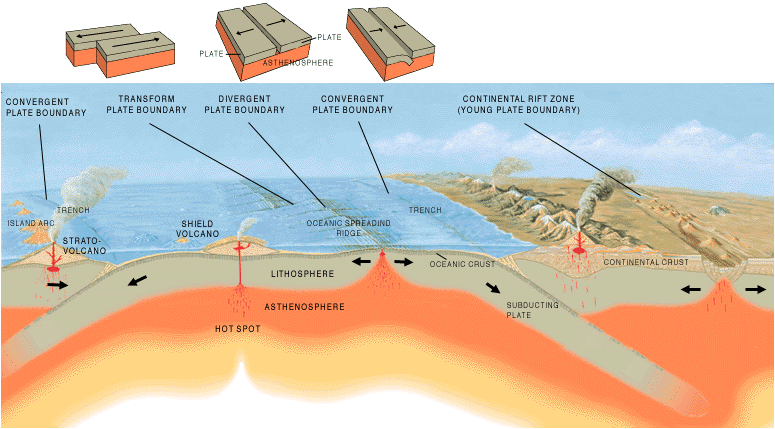
Tectonic plates are always moving, but they move very slowly. They move as slowly as the time it takes your fingernails to grow.
When an oceanic and a continental plate collide, the oceanic plate sinks beneath the continental plate and dives into the mantle. This process is called subduction. The boundary between the two plates forms a trench. Mountains, volcanoes, and earthquakes are formed when these tectonic plates in the Earth’s outer layer move and collide.

A volcano 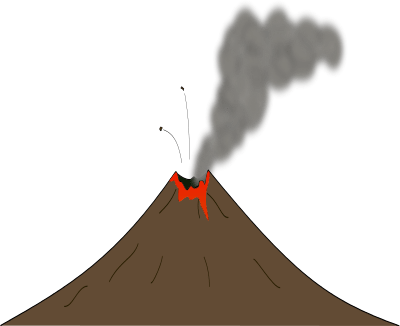 is a hole in the Earth’s surface through which magma, hot gases, ash, and rock fragments escape from deep inside the planet. Scientists usually consider a volcano active if it is currently erupting or showing signs of unrest, such as significant gas emissions or earthquake activity. Dormant volcanoes are those that are not currently active, but could become restless or erupt again. They have erupted at least once in the past 10,000 years, but have shown no recent signs of volcanic activity.
is a hole in the Earth’s surface through which magma, hot gases, ash, and rock fragments escape from deep inside the planet. Scientists usually consider a volcano active if it is currently erupting or showing signs of unrest, such as significant gas emissions or earthquake activity. Dormant volcanoes are those that are not currently active, but could become restless or erupt again. They have erupted at least once in the past 10,000 years, but have shown no recent signs of volcanic activity.
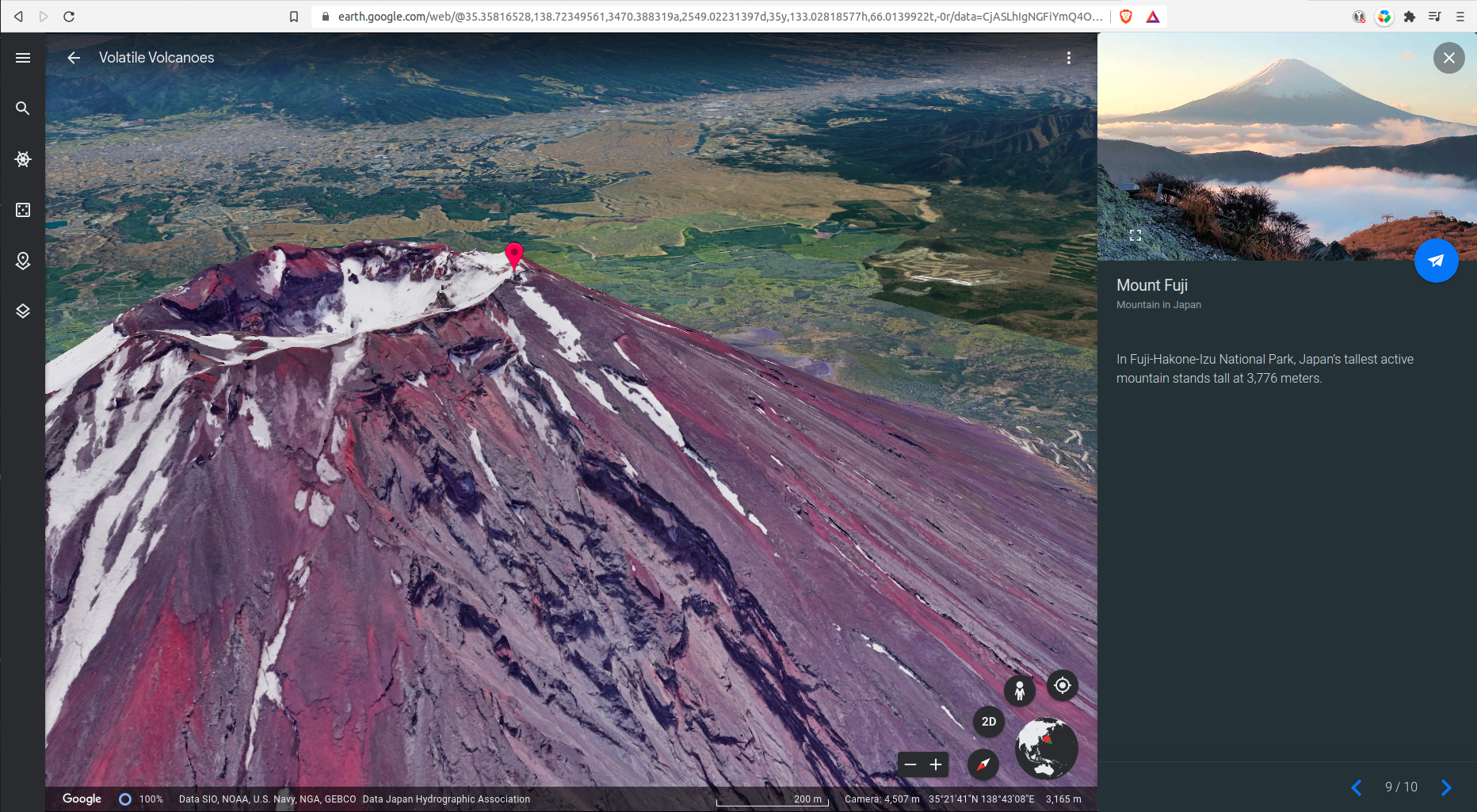
Google Earth is a virtual globe, map, and geographical information program. It lets you fly anywhere on Earth, explore oceans and outer space. It is free for personal use, and available in Windows, GNU/Linux, and macOS. It has many great features and tools that can help History and Geography come alive.
Besides, you may want to read our free e-books Volcanoes and Geography.